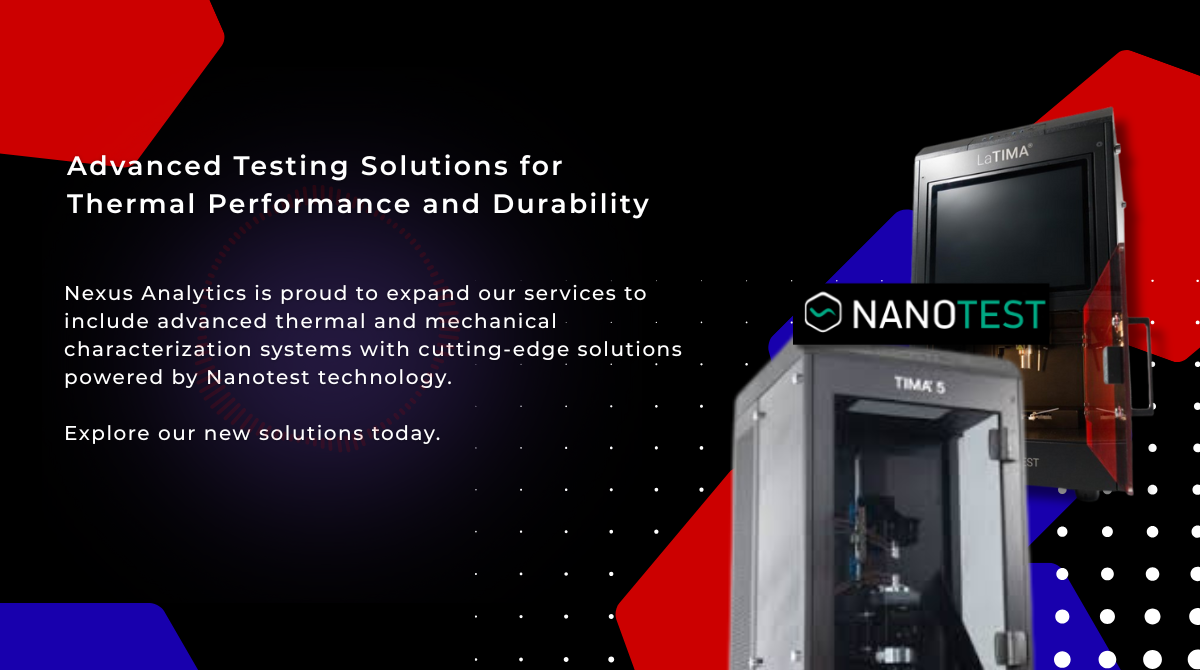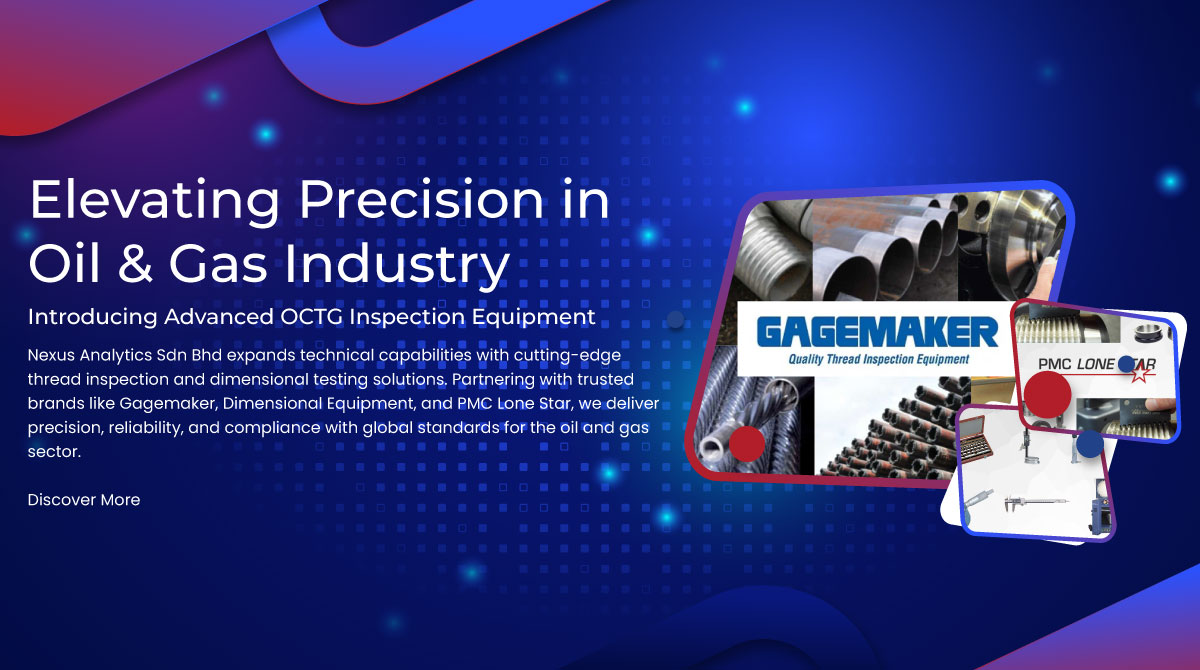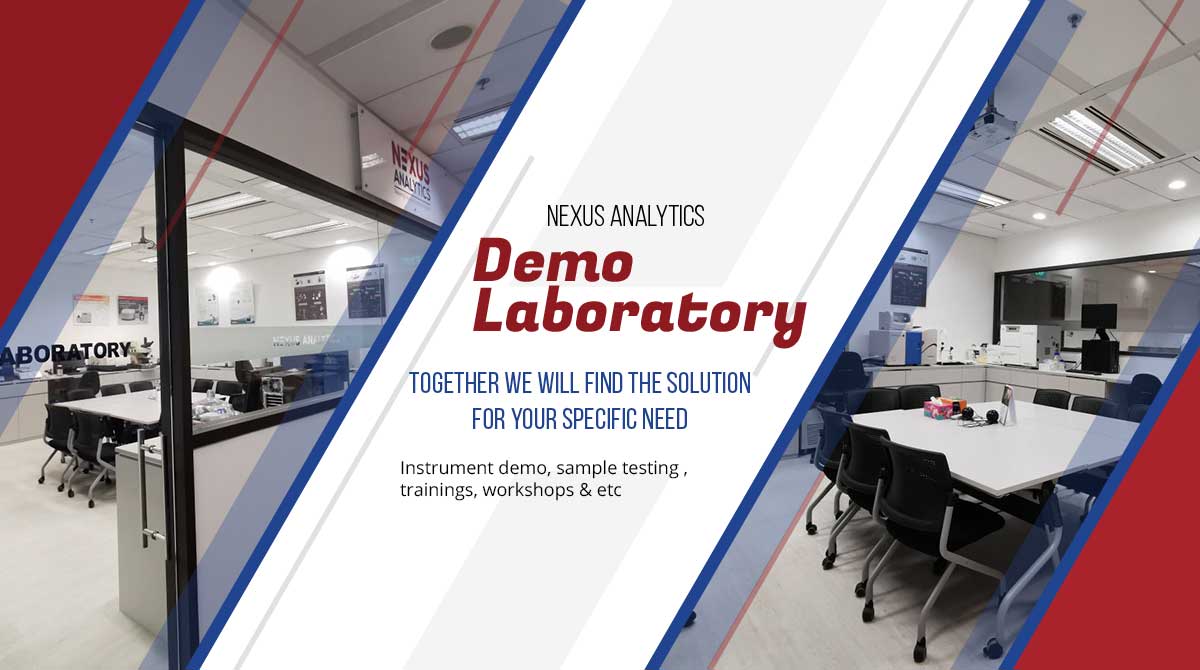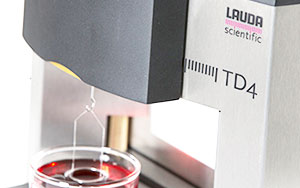
Over
+
Years of Experience
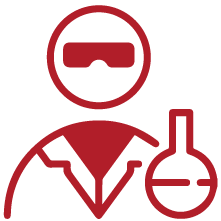
More Than
+
Customers

More Than
+
Instruments Installation
We exclusively represent and support leading brands of analytical & scientific instruments including:
Our Customers Industries
We serve customers in the following sectors :
University & College
Food & Agriculture
Research & Instituitions
Palm oil
Rubber / Latex
Oil & Gas
Commercial Testing Laboratories
Electronic/Electric
Pharmaceutical Manufacturers
Specialty Chemicals / Dispersion
Polymer
Semiconductors
Natural products
Automotive
And Much More
Our Products
Our Suppliers
Subscribe to our newsletter
Stay in touch with us to get latest news and promotions

